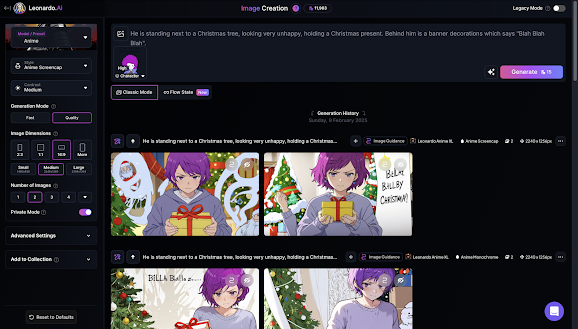#10 Creating VR/AR Projects with EFL Young Learners, Part 2: VR Storytelling
Using Google Workspace apps in conjunction with other third party apps, you can create a nice VR project for either an entire class or smaller group of students. It's based on the idea of getting students to convert amazing 3D VR videos into their own 2D interpretations. This kind of project pushes all kinds of skills acquisition, from techy to literacy. In this blog we just give a simplified overview of how to do it.
Background:
Last year we worked with a small group of 8 gifted P5 and P6 EFL students (aged 10-11). All students were already familiar with using core Google Workspace tools after 2 years of pandemic-style teaching and learning strategies. After a long absence from experimenting with VR Headsets due to the pandemic, we were able to reconnect to VR - within careful hygiene restrictions. So, we wanted to create a fun, enjoyable learning experience for our students and we based this project on previous VR-based lesson and activity ideas we had implemented back in 2019 before the pandemic shut down everything.
Project Aim:
Students create a 2D version of a 3D story they have experienced via a VR headset. Students are then tasked with creating a Google Site and uploading both the original 3D video and their 2D interpretation. This site can then be published and sent out to all school mates for feedback and comment. Students are given the option of using traditional pen and paper, or Canva.
Google Workspace Apps & Tools used:
Drive, Classroom, YouTube (360 videos - Google Spotlight Stories), Sites, (Meet, optional)
Other Apps & Tools:
Canva
Other requirements:
Cheap plastic or cardboard VR headsets which you can put a smartphone into - ideally enough for each student in the group.
Process:
- Select students and hand out a VR headset for each student (they can take them home, so are able to continue working on this project in their free time).
- Create a Google Classroom and invite the students.
- Create a Slide deck (slides 10-16) with basic information for each session.
- Work through each session, including:
- Students watch all the 360 YouTube videos linked in the Slide deck.
- Students choose their favorite.
- Students re-watch their favorite 360 video story and deconstruct it, taking notes on the story and characters, beginning, middle and end.
- Students explore the Canva platform after teacher models what can be done (templates, elements etc).
- Students work individually (or in groups if face-to-face lessons) and create their 2D versions of the 3D video in 2D narrative format using words, pictures, GIFs etc. found on Canva.
- Students create a Google Site and upload original VR and their new 2D version.
- Students proof read and publish their 3D-to-2D Storytelling site to the school LMS platform (in our case Google Classroom).
* Note that in the process above, it is always the students doing every step. The teachers should be there to explain what needs to be done and help with any technical problems - as much or as little as necessary. Set the students up and let them get on with it. In this project, there were a few points where students did need some in-depth modelling by the teacher. Using the Canva presentation tool for the first time can be daunting, so a solid teacher overview of the various features available is very worthwhile. We did this VR project completely online through Google Meet over the course of a few weeks, meeting once a week for 1 hour to discuss the process steps and help students with any problems/questions they had. Usually the weekly meetings were done in short order and students went off by themselves to continue working on the project. It turned out to be a great showcase for students' independent, self-studying capacity.
The End Result:
.png)
.png)



Comments
Post a Comment